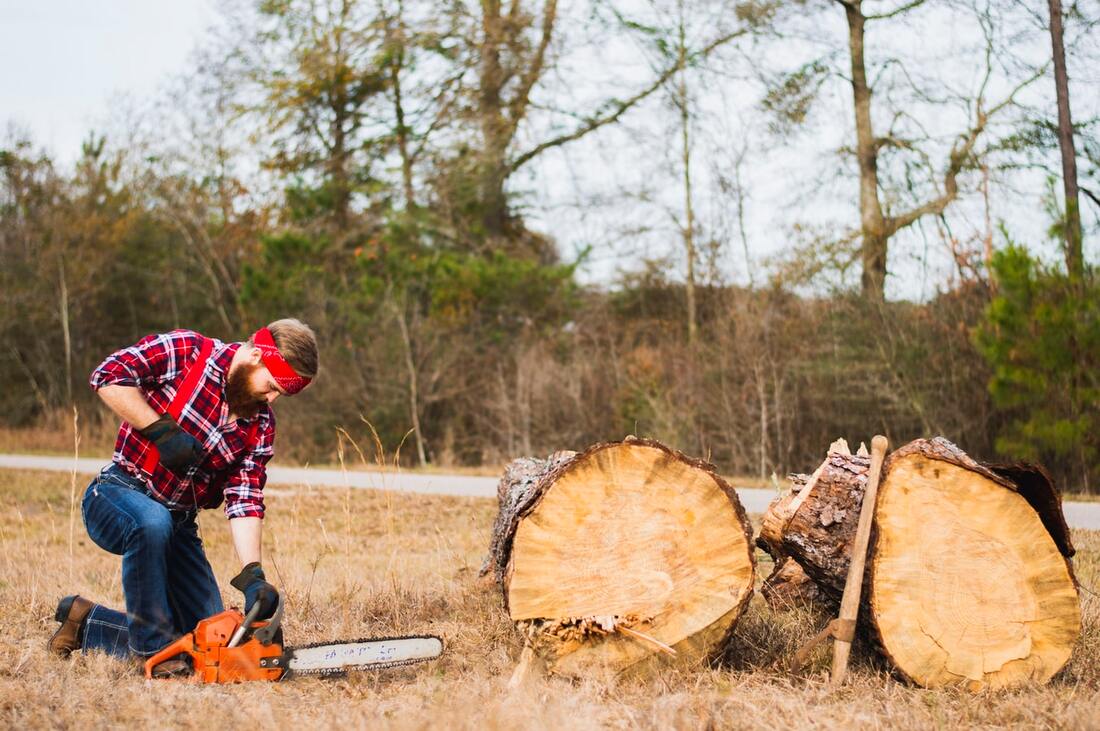|
Each of our senses is used throughout our daily lives. If you remove one, things can drastically change. For example, with hearing loss, some conversations become more challenging to hear. Music that you once enjoyed may sound different, which is frustrating to someone with a hearing impairment.
Hearing loss is prevalent in workers, notably in workers who are exposed to dangerous noise levels in their work environment. As frequently mentioned in previous blog posts, unsafe noise levels are 85 decibels (dB) or higher. When someone needs to shout in order to communicate with a person who is an arm’s length away (approximately 3 ft.), those people are probably being exposed to very dangerous noise levels that may harm their hearing. Exposure to these unsafe noise levels and/or chemicals that impair hearing may induce occupational hearing loss or hearing loss that is connected to the work environment. Hearing Loss in the Fields of Agriculture, Fishing, Forestry, and Hunting Risks of hearing loss development differ based on industry. A study was conducted to gather data on the pervasiveness of hearing loss in noise-exposed workers in the Agriculture, Fishing, Forestry, and Hunting sector 2003-2012. This study examined the number of workers in this industry’s subdivision that had “material hearing impairment”, or Auditory Neuropathy. Agriculture, Fishing, Forestry, and Hunting are among the top industries that have workers exposed to hazardous noise that can cause hearing loss. That’s 37% of workers who are exposed compared to 25% of workers in all of the other industries combined. Hearing loss within Forestry and Logging, a subdivision in the sector, is even more prevalent. Employees in this subdivision had a greater percentage of hearing loss (21%) than every noise-exposed industry combined (19%). Another study discovered that just 7% of non-noise-exposed workers reported difficulty with hearing. A worker’s tasks in the Forestry and Logging subdivision include:
The labor that is associated with these efforts, for instance, unlatching cables that are used to hold and move logs, expose workers to approximately 92 dBA. Using a chainsaw exposes workers to approximately 91-110 dBA. This makes up some of the highest noise exposures within this industry’s workers. The total average exposures in some professions range between 97-102 dBA. Exposure to these noises, and others, contribute to more instances of hearing loss in this industry. Under Forestry, Logging, Forest Nurseries and Gathering of Forest Products had the most widespread cases of hearing loss (36%). This illustrates the highest prevalence within the Agriculture, Forestry, Fishing, and Hunting industries. How to Establish a Safe Work Environment for Hearing Health In order to prevent workers from losing their ability to hear, start by decreasing the noise at the source. Here are other ways to create a safer work environment for employees’ hearing health:
There are also activities in Forestry and Logging that expose workers to vibrations, which may contribute to risks of hearing loss through changes in blood flow in the inner ear. Vibration exposure can be diminished by regularly maintaining equipment and using anti-vibration chainsaws and gloves. If you, or a loved one, are in need of a hearing test and hearing aids, please contact us at Pure Sound Hearing.
0 Comments
Your comment will be posted after it is approved.
Leave a Reply. |
Categories
All
|
-
products
- Rexton Emerald M 8C RIC
- Rexton inoX CIC 8C
- Rexton Mosaic M 8C BTE
- Rexton Mosaic P 8C BTE
- Rexton Stellar RIC 8C
- Rexton Sterling 8C CIC / IIC
- Rexton Sterling 8C ITE / ITC
- Rexton Emerald XS 8C RIC
- Rexton Emerald S 8C RIC
- Signia Active Pro
- Signia CROS AX
- Signia CROS Hearing Solutions
- Signia Insio Charge&Go AX
- Signia Insio Nx IIC/CIC
- Signia Insio Nx ITC/ITE
- Signia Intuis 3 Family
- Signia Motion Charge&Go X
- Signia Motion 13 Nx/Motion 13 P Nx
- Signia Prompt
- Signia Pure Charge&Go AX & T AX
- Signia Pure 312 AX
- Signia Pure 10 Nx
- Signia Pure 13 BT
- Signia Pure 13 Nx
- Signia Silk X
- Signia Styletto AX
- Signia Styletto X
- SERVICES >
- about
- blog
- Insurance
- contact
|
© 2023 Pure Sound Hearing Aids. All Rights Reserved.
|
Proudly powered by Weebly
-
products
- Rexton Emerald M 8C RIC
- Rexton inoX CIC 8C
- Rexton Mosaic M 8C BTE
- Rexton Mosaic P 8C BTE
- Rexton Stellar RIC 8C
- Rexton Sterling 8C CIC / IIC
- Rexton Sterling 8C ITE / ITC
- Rexton Emerald XS 8C RIC
- Rexton Emerald S 8C RIC
- Signia Active Pro
- Signia CROS AX
- Signia CROS Hearing Solutions
- Signia Insio Charge&Go AX
- Signia Insio Nx IIC/CIC
- Signia Insio Nx ITC/ITE
- Signia Intuis 3 Family
- Signia Motion Charge&Go X
- Signia Motion 13 Nx/Motion 13 P Nx
- Signia Prompt
- Signia Pure Charge&Go AX & T AX
- Signia Pure 312 AX
- Signia Pure 10 Nx
- Signia Pure 13 BT
- Signia Pure 13 Nx
- Signia Silk X
- Signia Styletto AX
- Signia Styletto X
- SERVICES >
- about
- blog
- Insurance
- contact


 RSS Feed
RSS Feed